In the vast cosmic tapestry where dharma and adharma dance their eternal ballet, there echoes a divine promise that has guided humanity through the ages. When darkness threatens to engulf righteousness, when evil grows so powerful that creation itself trembles, Lord Vishnu, the Preserver of the Universe, descends to Earth in magnificent forms to restore balance. These ten divine incarnations, known as the Dashavatar, represent not merely mythological tales but profound spiritual teachings that illuminate the path of righteousness for both children and adults.
The sacred Bhagavad Gita immortalizes this eternal vow:
Yada yada hi dharmasya glanir bhavati bharata, abhyutthanam adharmasya tadatmanam srjamy aham
"Whenever there is a decline in righteousness and an increase in unrighteousness, I manifest myself." This divine promise forms the very essence of the Dashavatar, where each incarnation represents a specific cosmic need and evolutionary stage of consciousness.
The Ten Divine Manifestations: A Journey Through Time
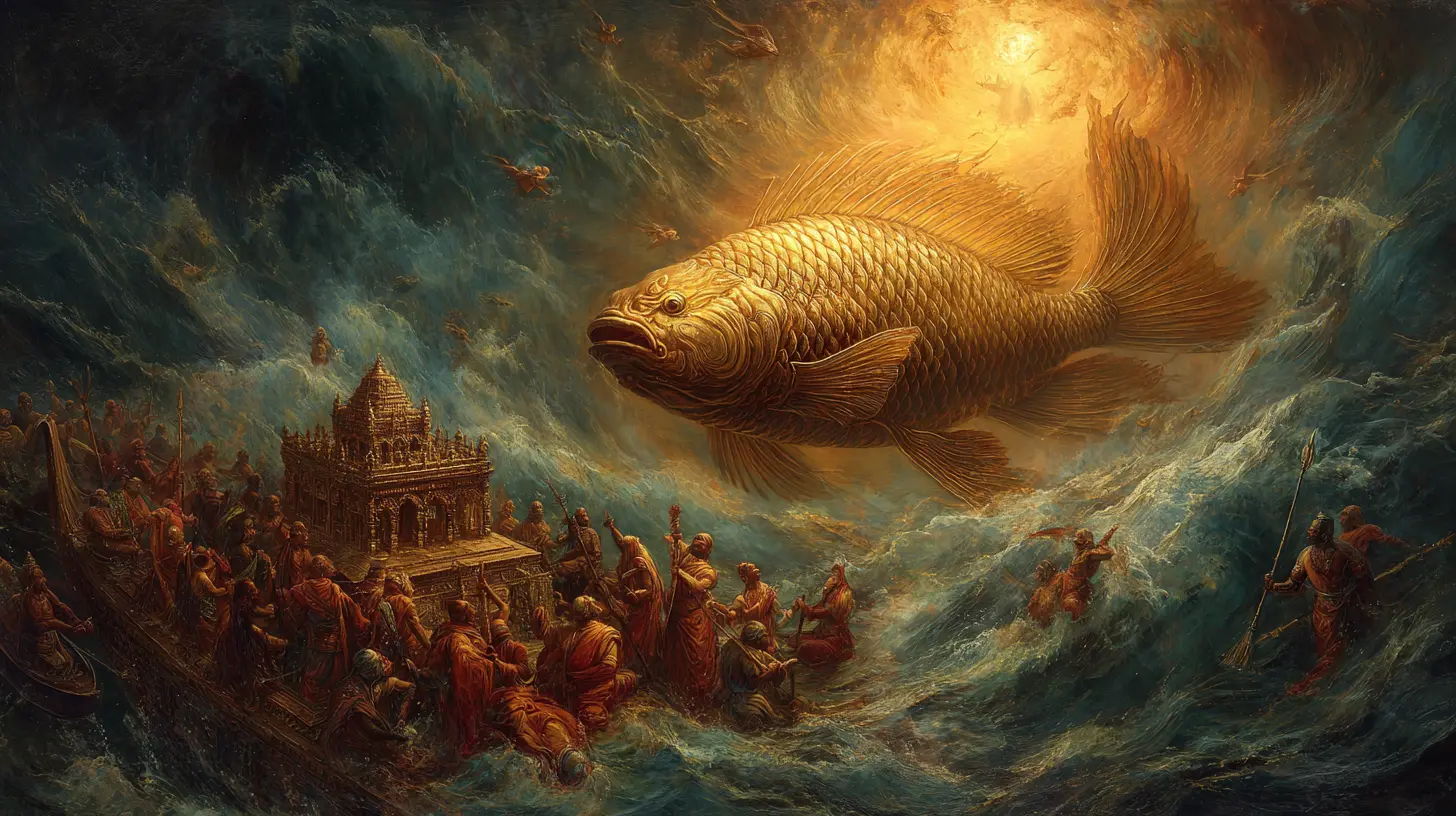
Matsya Avatar
In the primordial waters of cosmic dissolution, when the great deluge threatened to destroy all knowledge and life, Lord Vishnu manifested as Matsya, a magnificent golden fish. The demon Hayagriva had stolen the sacred Vedas from Lord Brahma, plunging the universe into ignorance and chaos.
King Satyavrata discovered a tiny fish that miraculously grew larger with each vessel he provided, until it filled the entire ocean. Revealing his divine form, Vishnu instructed the king to build a massive boat and gather all species of life. When the cosmic deluge began, Matsya guided the boat through turbulent waters, battled the demon, and retrieved the stolen Vedas. This incarnation teaches us that divine protection preserves life and wisdom through the deepest waters of adversity.
Kurma Avatar
During the churning of the cosmic ocean (Samudra Manthan), when gods and demons sought the nectar of immortality, Mount Mandara began sinking into the ocean depths. At this critical moment, Lord Vishnu assumed the form of Kurma, a gigantic turtle, positioning himself at the ocean's bottom to support the mountain.
For a thousand years, Kurma patiently bore the mountain's weight while the churning continued, yielding fourteen precious treasures including Goddess Lakshmi and the divine nectar. This avatar symbolizes the importance of stable foundations, patient endurance, and selfless service in achieving great goals. The cosmic significance of Vishnu's divine purpose extends beyond physical support to represent spiritual stability.
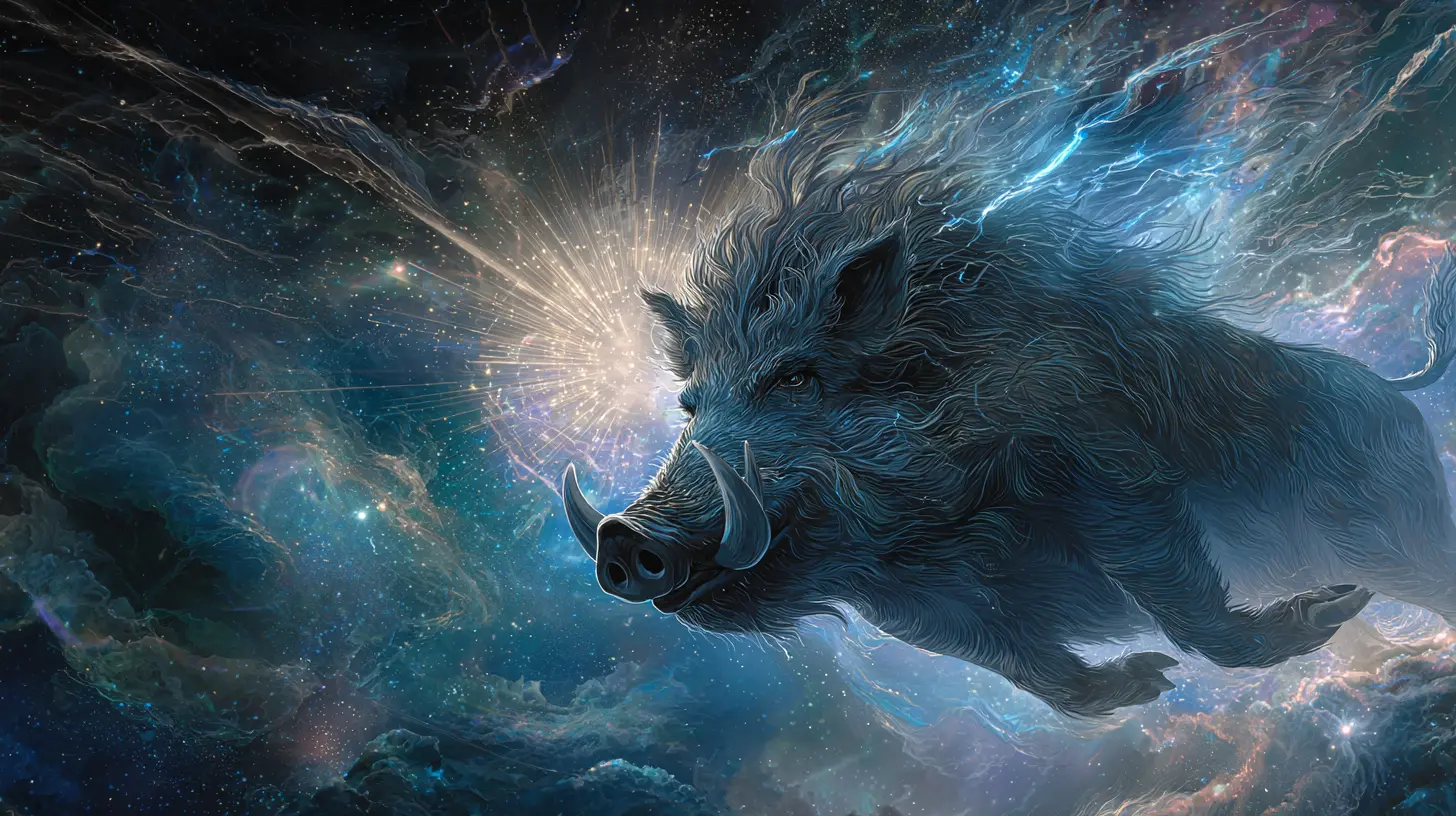
Varaha Avatar
When the demon Hiranyaksha dragged Mother Earth to the bottom of the cosmic ocean, threatening all life with darkness, Lord Vishnu manifested as Varaha, a magnificent boar of cosmic proportions. With his powerful tusks gleaming like divine weapons, Varaha dove deep into the cosmic waters, engaging in a fierce thousand-year battle with the demon.
After vanquishing Hiranyaksha, Varaha gently lifted Mother Earth on his tusks and restored her to her rightful place in the cosmos. This incarnation represents divine masculine energy protecting the divine feminine, symbolizing courage, environmental protection, and the commitment to nurturing life against all odds.
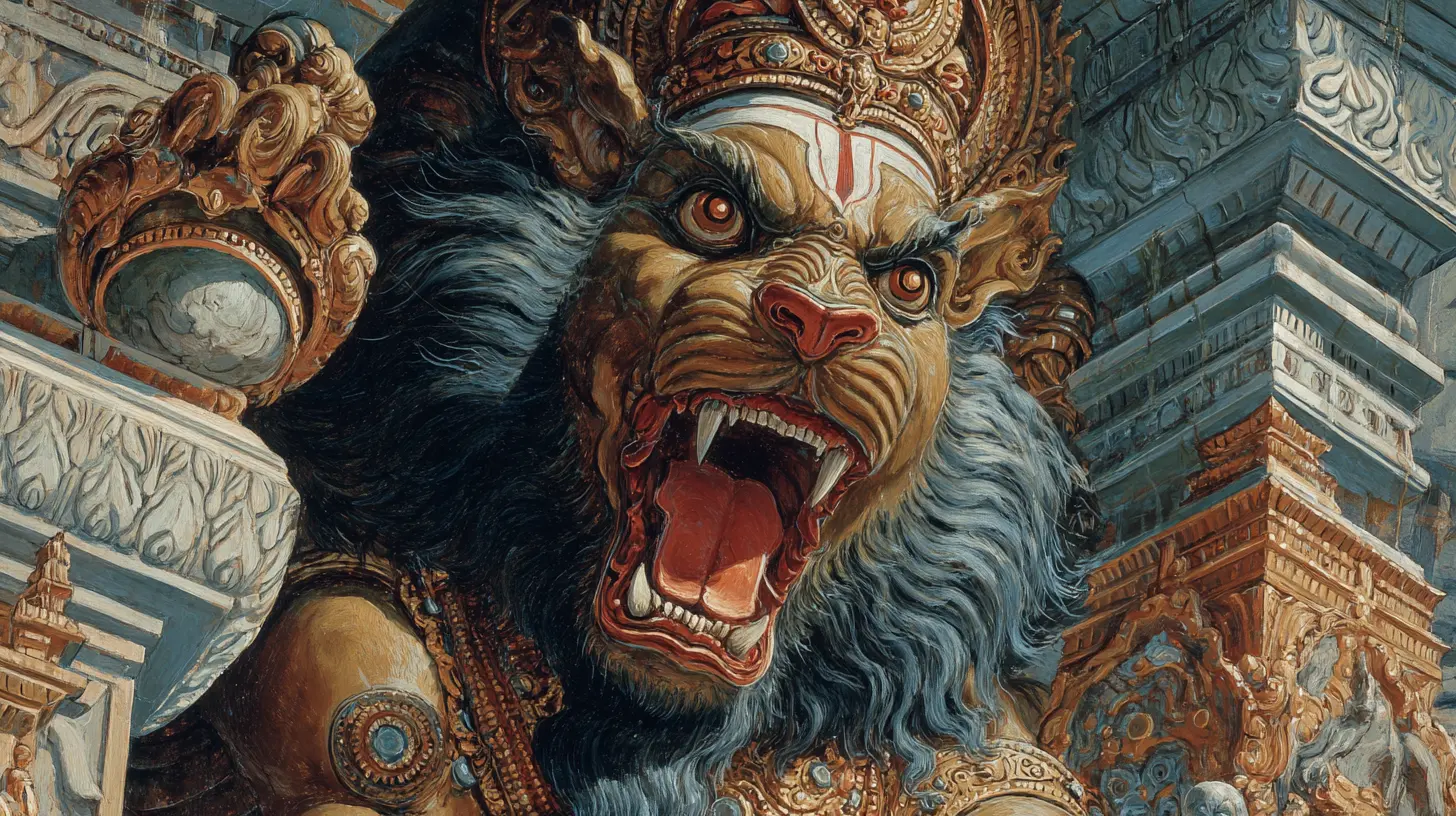
Narasimha Avatar
The story of Narasimha reveals the boundless creativity of divine protection. Demon king Hiranyakashipu obtained a boon making him seemingly invincible—he could not be killed by man or animal, inside or outside, during day or night, by any weapon. His innocent son Prahlada remained devoted to Vishnu despite facing tremendous persecution.
When the demon's torture reached its peak, Vishnu emerged from a pillar as Narasimha—half-man, half-lion—at twilight, placing the demon on his lap at the threshold, and using his claws to end the tyrant's reign. This incarnation demonstrates that divine love manifests as fierce protection when innocence is threatened, showing that the immense power of Hindu deities transcends all limitations.
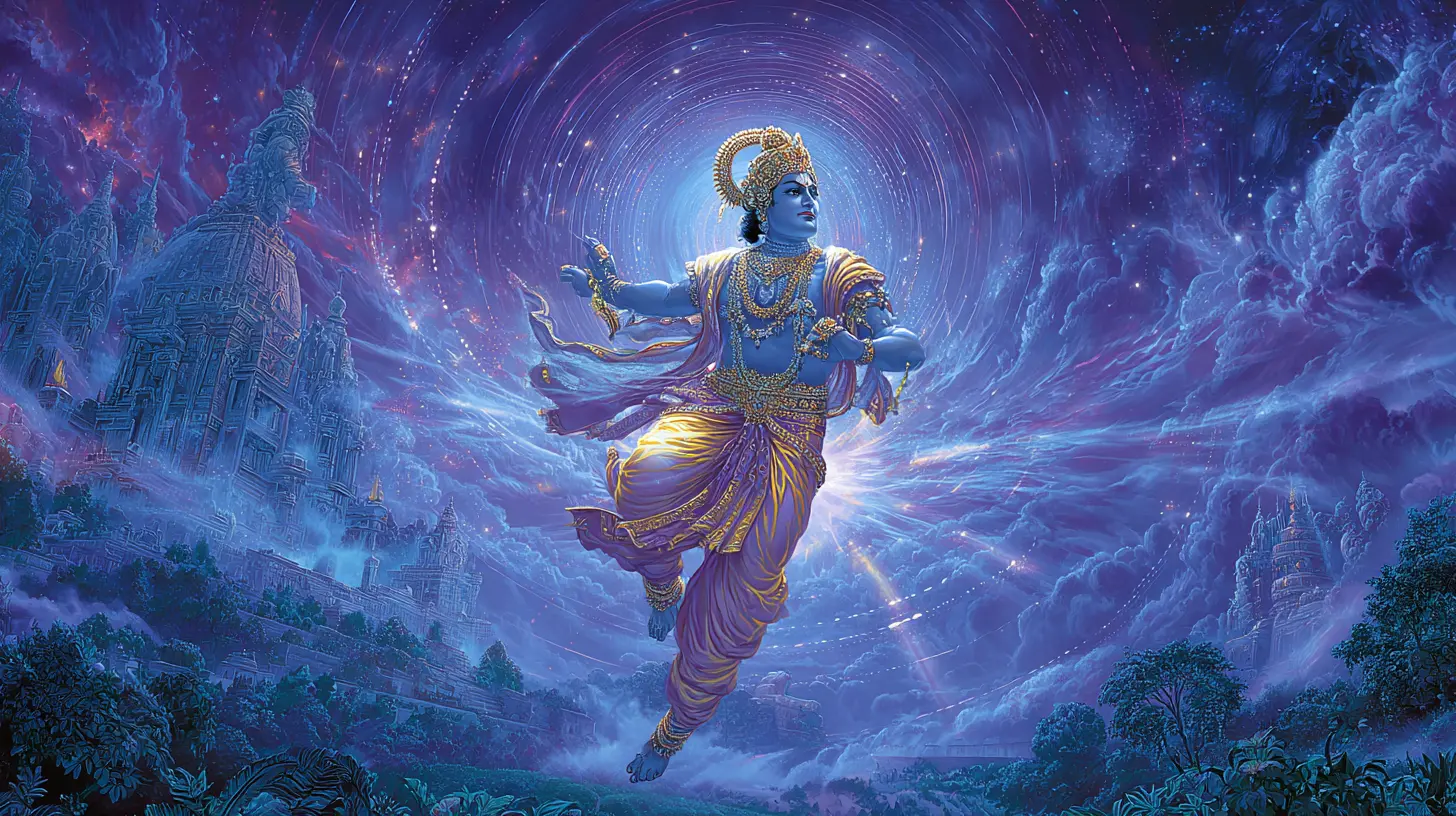
Vamana Avatar
King Bali, though righteous, had conquered the three worlds, disturbing cosmic balance. Lord Vishnu appeared as Vamana, a humble brahmin dwarf, requesting just three paces of land during Bali's grand sacrifice. When the generous king agreed, Vamana expanded to cosmic proportions, covering earth with his first step and heavens with his second.
For the third step, noble Bali offered his own head, demonstrating integrity. Pleased with Bali's humility, Vamana granted him rulership of the underworld and the privilege of visiting his subjects annually (celebrated as Onam festival). This avatar teaches the power of humility, keeping one's word, and how true greatness often comes in modest packages.
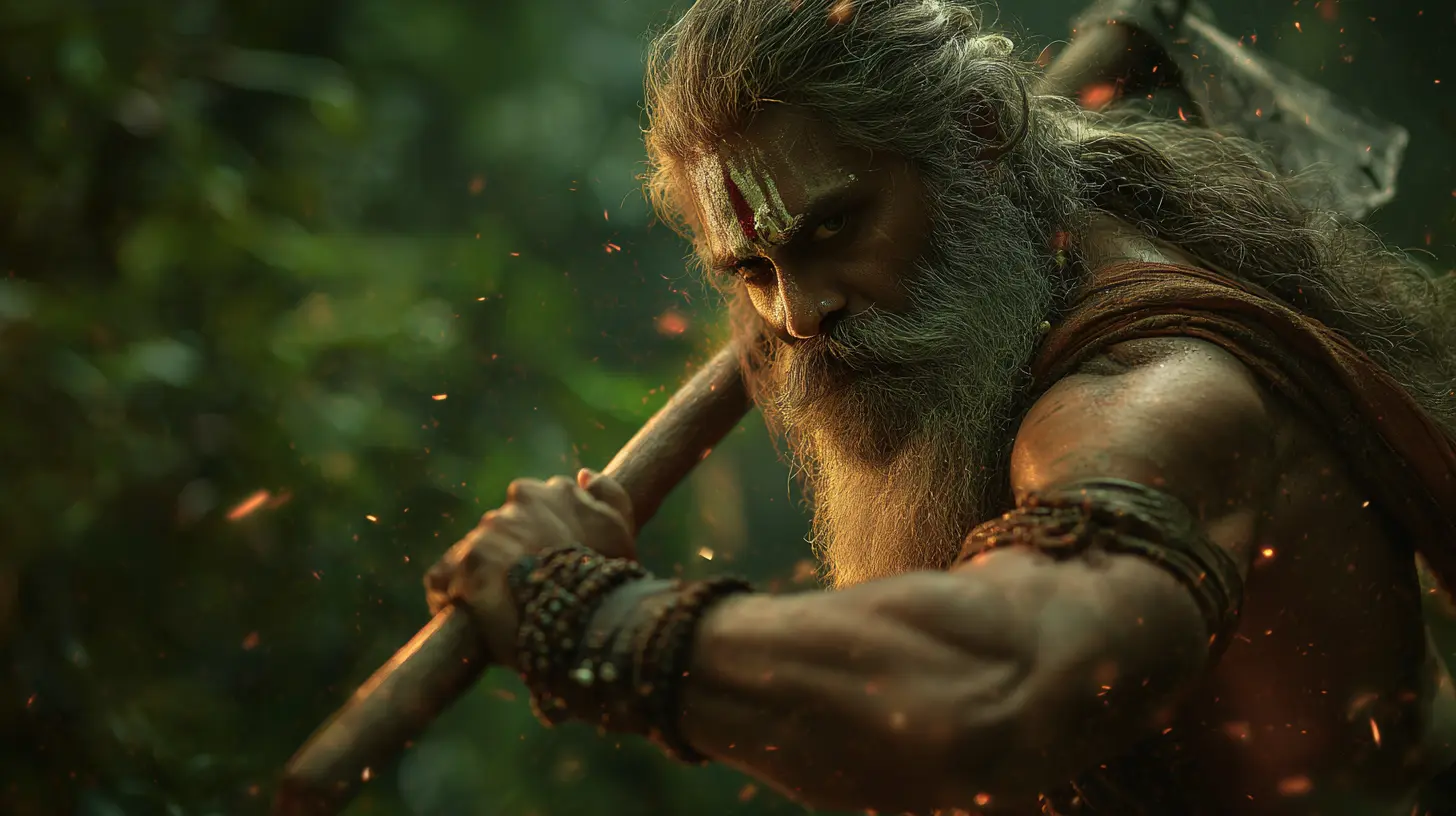
Parashurama Avatar
When the warrior class became tyrannical and abandoned their dharmic duties, oppressing brahmins and common people, Lord Vishnu incarnated as Parashurama, a fierce warrior-sage. Armed with a divine axe gifted by Lord Shiva, he systematically challenged corrupt Kshatriya rulers, cleansing the earth twenty-one times to restore righteousness.
Parashurama represents the aspect of divinity that refuses to tolerate oppression, showing that sometimes divine love manifests as fierce justice. His dual nature as both warrior and sage demonstrates that true strength combines physical power with spiritual wisdom.
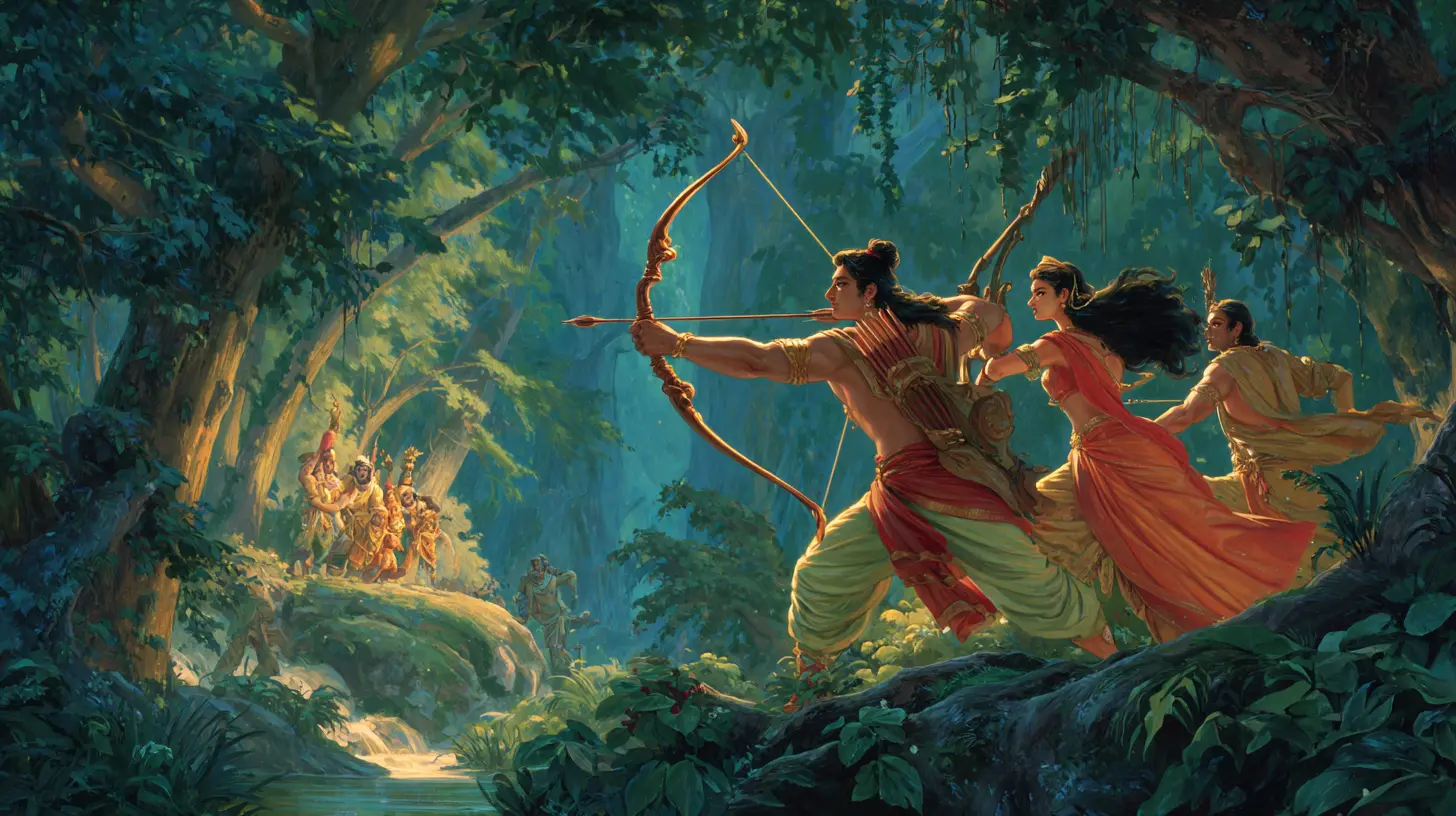
Rama Avatar
In Treta Yuga, Lord Vishnu incarnated as Rama, the ideal son, husband, brother, and king. Born in Ayodhya, Rama's life exemplifies perfect balance of human virtues and divine qualities. His exile to the forest, Sita's abduction, the alliance with Hanuman, and the epic battle in Lanka form humanity's greatest spiritual epic.
Rama's unwavering commitment to dharma, even facing personal loss, establishes him as Maryada Purushottam—the ideal human being. His story demonstrates that divinity shines through perfect adherence to dharmic principles and selfless service. The significance of Ram Navami celebrations reflects this incarnation's enduring impact on human consciousness.
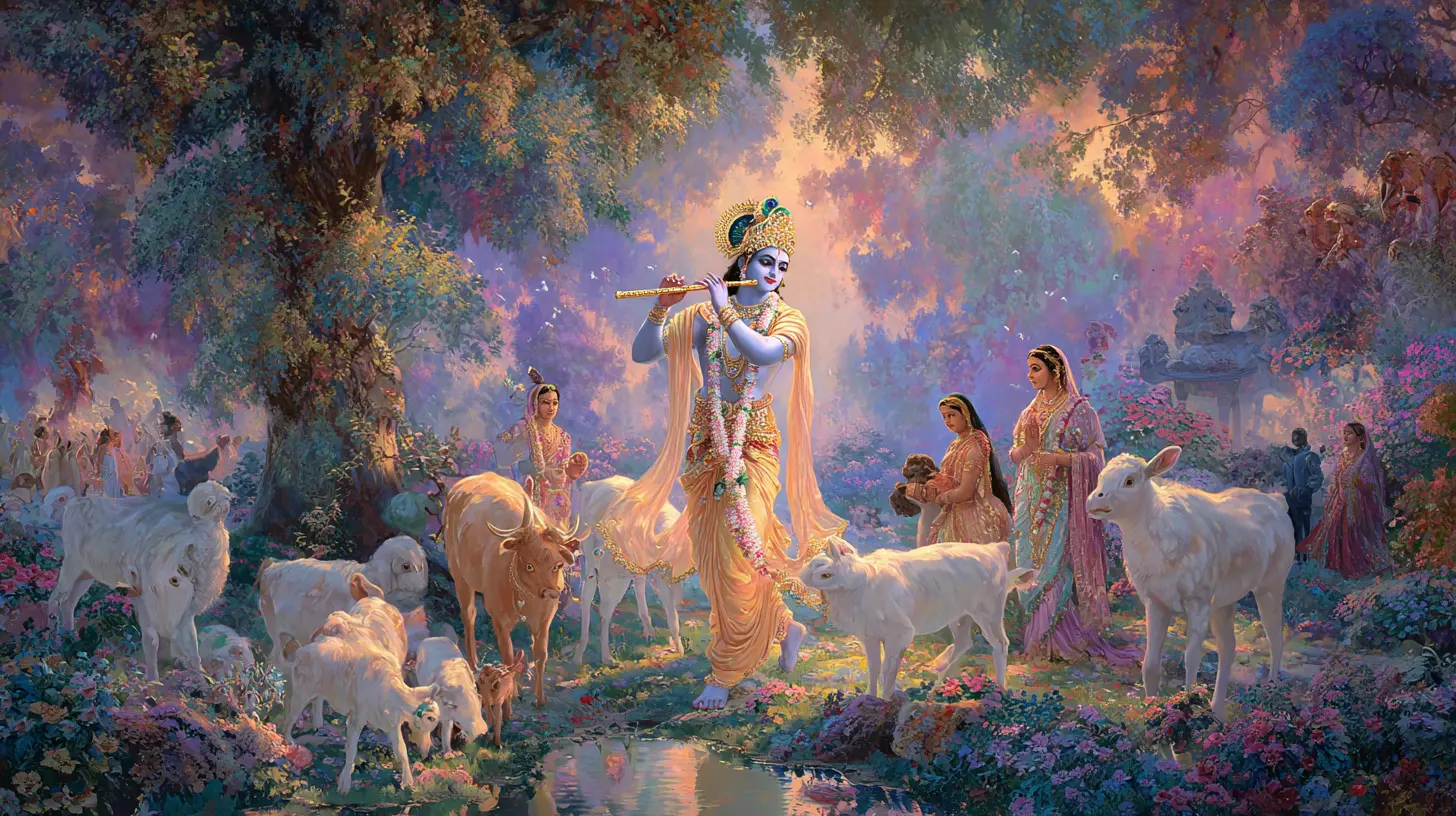
Krishna Avatar
Lord Krishna's incarnation in Dwapara Yuga represents the most complete divine manifestation. From miraculous childhood leelas in Vrindavan to his role as Arjuna's charioteer in Kurukshetra, Krishna's life encompasses every aspect of human experience while maintaining perfect divine consciousness.
His lifting of Govardhan Hill demonstrated divine protection, while the Bhagavad Gita remains humanity's most profound spiritual guidebook. Krishna's divine weapons and their cosmic significance show how spiritual tools maintain cosmic order, with teachings that transcend religious boundaries.
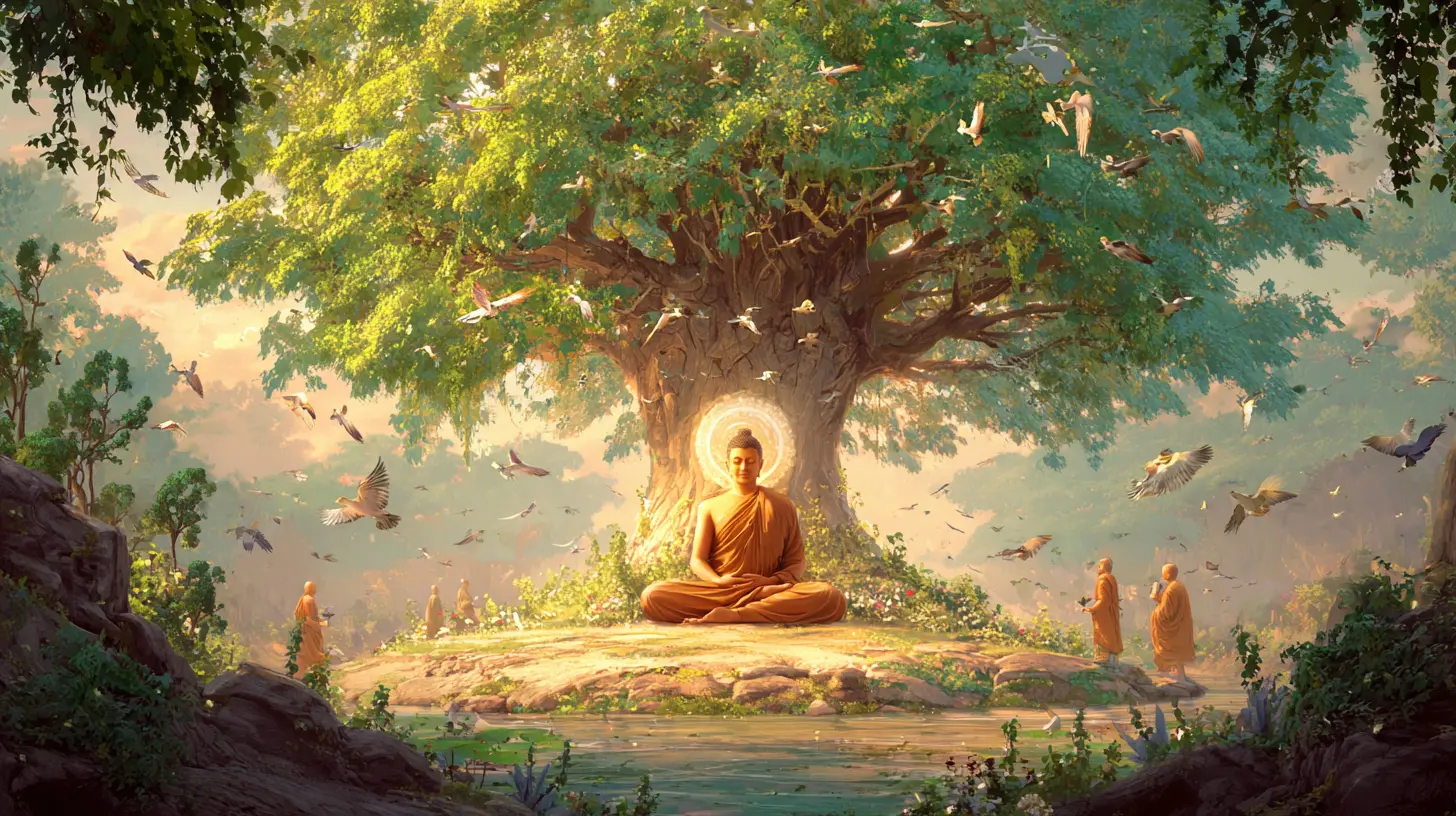
Buddha Avatar
Buddha, often included as the ninth avatar, represents Vishnu's guidance toward spiritual awakening. Born as Prince Siddhartha, he renounced worldly pleasures to achieve enlightenment, teaching the Four Noble Truths and Eightfold Path. His inclusion emphasizes Vishnu's role in promoting ethical living, compassion, and liberation from suffering through wisdom and non-violence.
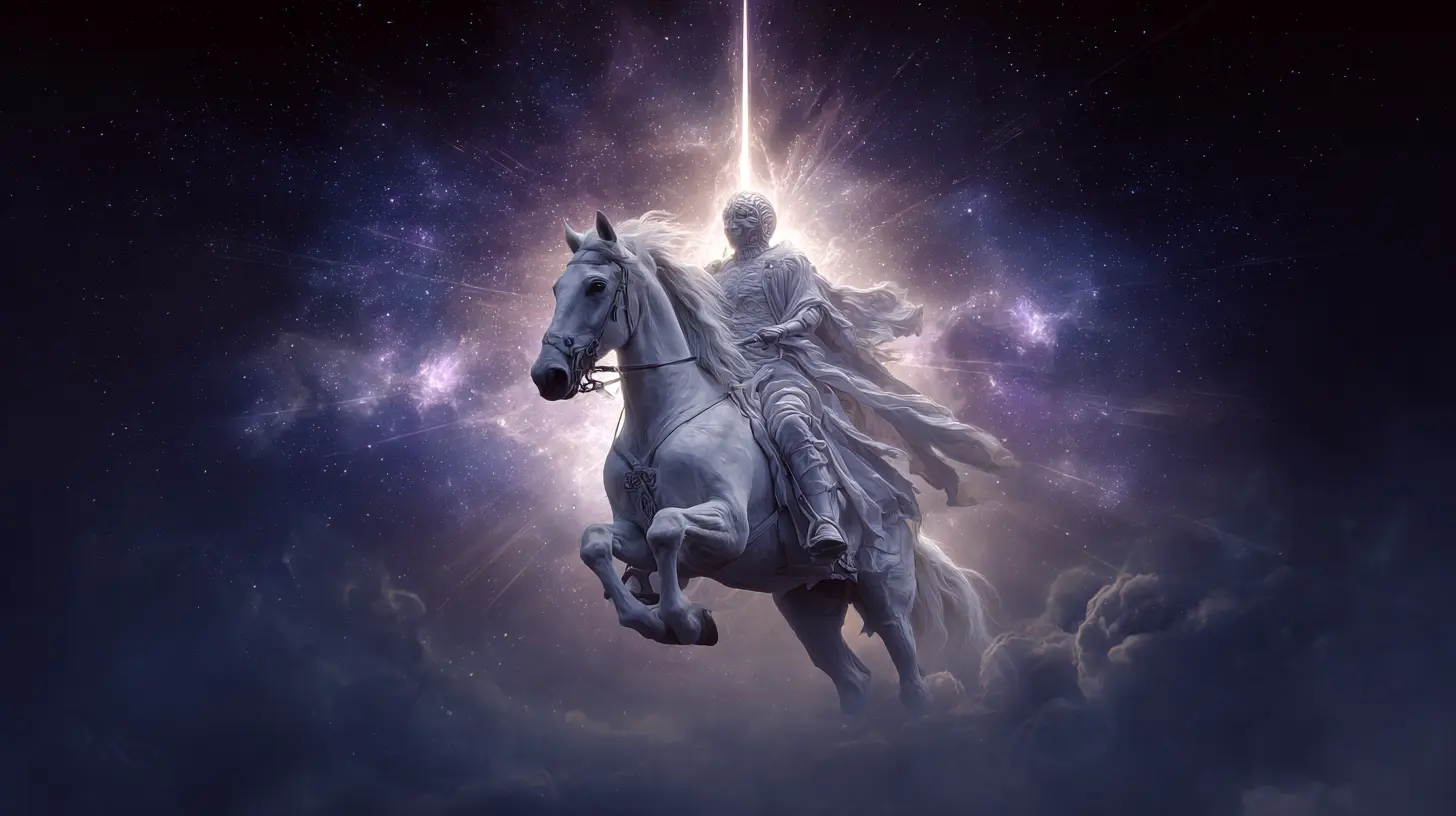
Kalki Avatar
The tenth avatar, Kalki, represents hope for ultimate restoration. Prophesied to appear at Kali Yuga's end, when righteousness nearly disappears, Kalki will ride a white horse wielding a blazing sword to destroy wickedness and establish a new golden age. This future incarnation assures us that divine intervention will ultimately restore balance, no matter how dark times become.
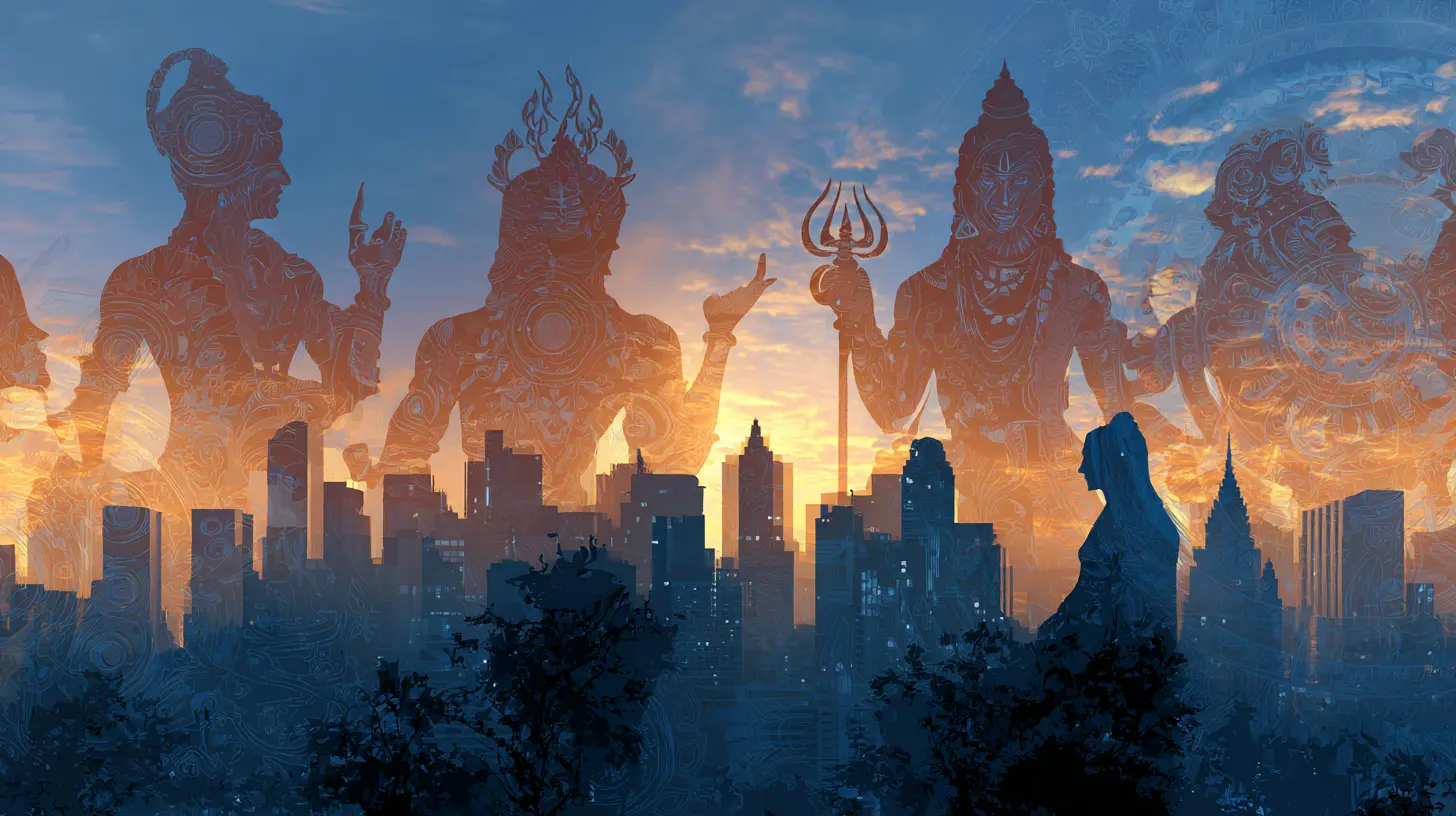
Dashavatar's Relevance Today
Each avatar carries profound significance beyond historical narratives, representing different stages of consciousness evolution and demonstrating that divinity manifests appropriately to specific needs. These incarnations show progressive divine manifestation, from elemental forms to complete human consciousness, teaching that the divine is intimately involved in creation's welfare.
The Dashavatar stories inspire us to cultivate courage, devotion, humility, and compassion, guiding us toward purposeful lives filled with positive energy and spiritual growth.
Bringing Divine Blessings Into Your Daily Life
Just as Vishnu's avatars restored cosmic harmony, inviting their sacred presence into your environment can nurture positive energy and spiritual growth. At Dev Tattva, our carefully crafted Dashavatar idols serve as powerful conduits for divine blessings, whether placed in your home's prayer room, office workspace, or car dashboard.
These sacred representations help create protective spiritual atmospheres, reducing negative energies while amplifying positive vibrations that support success, enhanced focus, obstacle removal, and goal achievement. When you establish these divine connections in your daily spaces, you're creating direct links with the cosmic forces that maintain universal balance, helping you stay grounded, overcome challenges, and achieve prosperity.
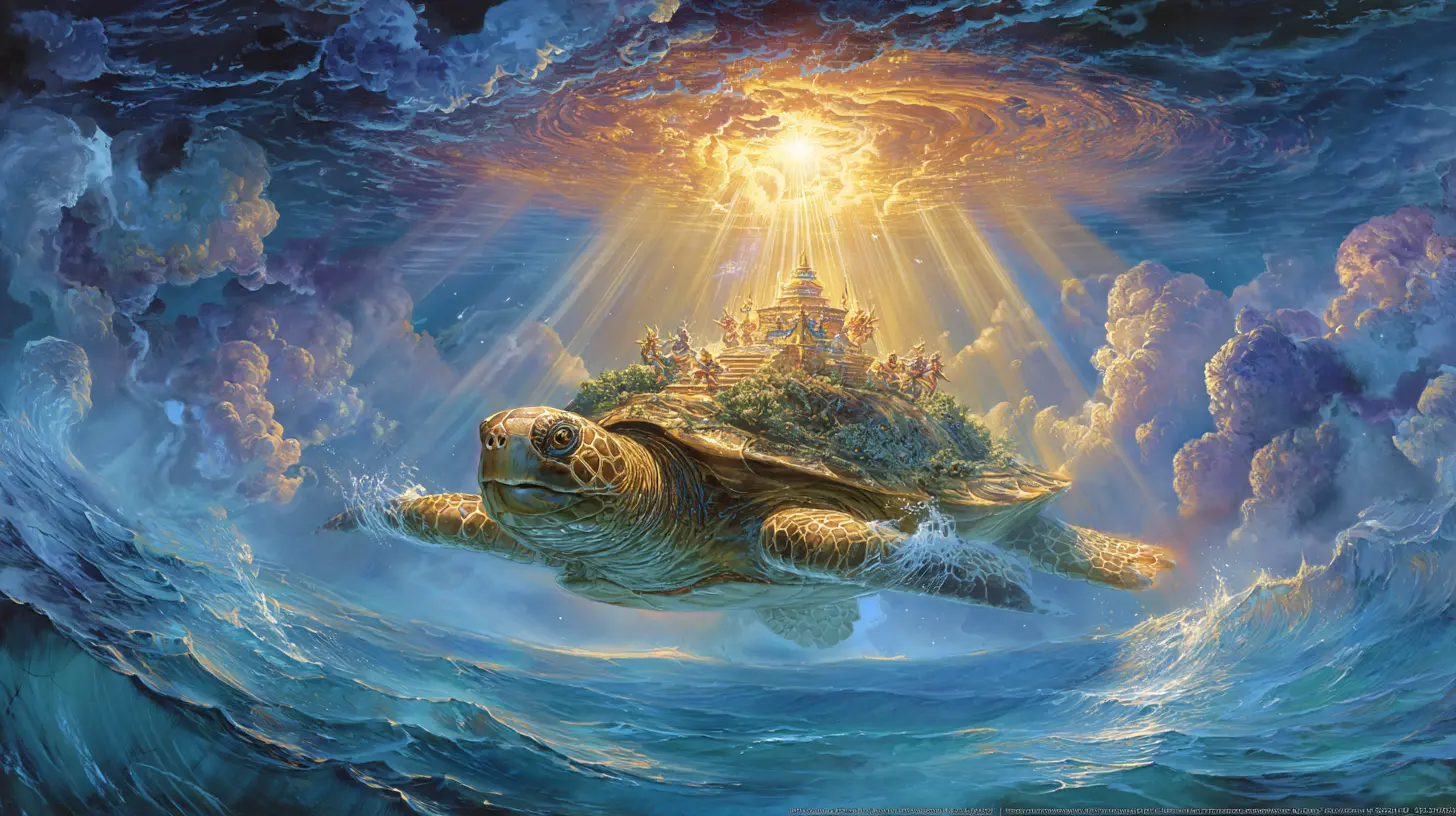
The Vishnu's Dashavatar - Ten Sacred Incarnations